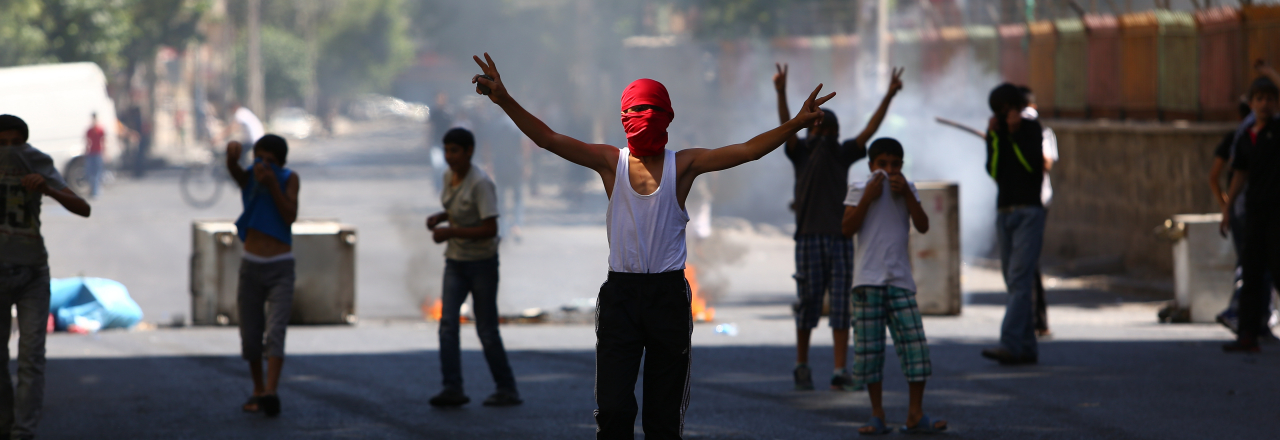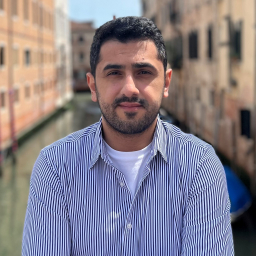
Policy Brief
Understanding Intra-Ethnic Conflicts through a Youth Lens: The Case of the Intra-Kurdish Conflict

Abstract
By examining the views and experiences of Kurdish youth entangled in the crossfire of enduring in-group violence between the ultra-Islamist Kurdish Hizbullah (KH) and the leftist Kurdistan Workers’ Party (PKK), this policy brief aims to illuminate the critical and pivotal, yet frequently overlooked, perspective of youth concerning intra-ethnic conflict and its peaceful resolution.
While much attention has been devoted to youth engagement in ethnic armed conflicts, the role of young people in intra-ethnic fissures and their peaceful resolutions has remained a relatively understudied topic. However, as the Kurdish case illustrates, young people often become major spearheads of intra-ethnic conflicts, finding themselves fighting their own ethnic group. The key question, then, becomes what motivates young people to direct violence to their co-ethnics and how they can take a role in transforming intra-ethnic fissures.
Taking the intra-Kurdish conflict between the KH and the PKK, which has claimed thousands of lives since the 1990s, this policy brief delves into the fluid dynamics of peace and conflict from the youth perspective. The intra-Kurdish conflict came to an end at the beginning of the 2000s when the KH laid down arms. In 2012, the KH transformed itself into a political party, namely the Free Cause Party (HUDAPAR). Since then, HUDAPAR has been in rivalry with the People’s Democratic Party (HDP). This political competition has been intermittently resurfacing in violent forms and targeting civilians, particularly the Kurdish youth.


